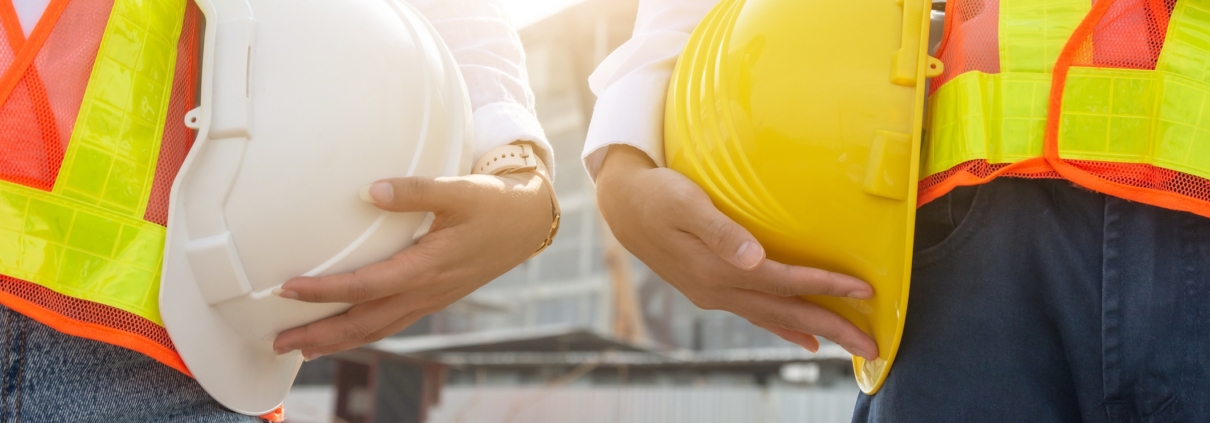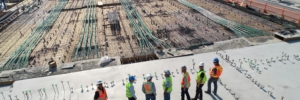Construction Safety Helmets vs. Hard Hats: A New Approach
For many people across the country, a hard hat is the most recognized symbol for construction workers. Putting on a hard hat is universal for entering a construction zone, whether as a tradesman or as a visitor. The safety yellow hard hat is iconic.
Now technology may make the hard hat obsolete. The latest upgrade for workers is a move toward safety helmets. However, this new approach may be facing some resistance.
The Hard Hat
World War I introduced America to the safety features of wearing protective headgear. In 1919, after returning from the war, Lt. Edward W. Bullard saw the opportunity to develop a safety hat for peacetime workers at home.
Bullard constructed the original hard hat with leather and canvas and revolutionized the safety industry. First adopted by miners, hard hats quickly spread to other industries. By 1952, fabrication switched to plastic. Since the early 2000s, all hard hat compositions have been strictly polyethylene.
The Safety Helmet
Meanwhile, safety helmets were being developed for other activities. By the early 1970’s bicyclists realized that the major cause of fatal accidents was head injuries. They began to look for helmets for safety.
Their innovations led to adding EPS foam liners to more traditional helmets for added impact protection. As years went by, inventors added venting and outer shells, and the use of these helmets expanded to other sports like skiing and rock climbing. Today sports helmets are ubiquitous.
The Construction Safety Helmet
The new construction safety helmets offer more protection than traditional hard hats. They combine the technology of both hard hats and sports helmets. Since weight is not a consideration as it is in sports, construction helmets pair a sturdy outer shell with a foam insert to offer superior protection.
Safety helmets not only shield workers from falling objects but also offer increased protection from impacts to the back and side of the head. The addition of secure chinstraps increases safety during falls by keeping helmets in place.
Pros and Cons of the New Construction Safety Helmets
Each new technology has its pros and cons, and construction safety helmets are no exception.
Pros of Construction Safety Helmets:
- They provide increased safety, particularly from side and back impacts
- Using the chinstrap ensures they will not fall off during a fall
- They can be effective for up to 10 years
Cons of Construction Safety Helmets:
- They may be heavier than a traditional hard hat
- They can be expensive, with average models costing more than $125
- The cultural shift away from the iconic hard hat may be difficult
The Biggest Challenge
While the protection offered by a construction safety helmet is clearly superior, the biggest challenge to widespread adoption appears to be the reluctance of the industry to relinquish the iconic image of the safety yellow hard hat. It is proving difficult to change our collective image of the quintessential construction professional, complete with a hard hat.
As more and more safety helmets appear on job sites, and more workers are better protected, the shift to construction safety helmets will happen. In the meantime, job sites may see a mix of both hard hats and safety helmets as workers, and society, make the shift. Lead the way into the future by being an early adopter and switch yourself and your crew to construction safety helmets today.
Contact us online or call our experts directly at (919) 463-0669 for more information on safety helmets!








